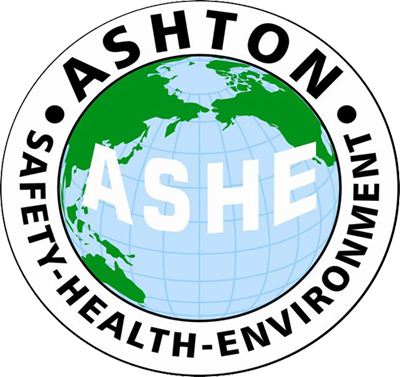Gap Analysis
We can complete a comprehensive gap analysis of your HSE Management System against HSE Management Standards and HSE legislative requirements. Gap analysis involves assessment of all of your HSE policies, procedures and other relevant documentation against our detailed checklists. The first step of gap analysis is a workplace inspection where possible so we can understand our Client’s operations and hazards.
Gap analyses may include assessment against the following standards, which is generally called a “systems compliance audit”:
AS/NZS 4801 Occupational Health and Safety Management Systems
ISO 45001 Occupational Health and Safety Management Systems
ISO 14001 Environmental Management Systems
Alternatively, gap analyses may involve a site inspection and system audit to identify compliance or lack thereof against legislation in terms of site activity, equipment and processes achieving the requirements of:
Health, Safety and Environmental Acts and Regulations
Australian Standards
Codes of Practice
If you require your HSE Management System to be integrated with your Quality Management System, this can be achieved. We can assess your current Management System/s and provide you with a thorough report detailing how a merger can be completed, involving assessment against your system's compliance with ISO 9001 Quality Management Systems.
From Scratch
You may be a new business or a business with informal HSE management processes in place.
To help determine if your HSE management system is up-to-scratch, ask yourself the following questions:
Are you aware of your legal obligations/duty of care requirements in relation to HSE Management?
Have you identified all of the biological, physical and chemical hazards at your workplace?
Have you implemented risk controls in your workplace, considering the hierarchy of controls, to reduce the chance of your workplace hazards causing harm?
Have your workplace risk controls reduced risk to as low as reasonably practicable (ALARP) and do they achieve legislative compliance?
Do you have HSE Policies and Procedures in place which outline the HSE requirements of your workplace?
Is your HSE System RELEVANT and USER FRIENDLY?
Are all relevant staff members aware of the requirements of your HSE Management System?
If you answered "no" to any of these questions, we can help via development of the following:
Hazard and Risk Registers
This high level document identifies all of your workplace hazards, assesses their risk taking into account likelihood and potential consequences and allocates risk control measures. The Hazard and Risk Register is the first document developed in your HSE Management System and forms the reference for applicable HSE policies and procedures.
HSE Policies, Procedures and Other Documents
Dependent on the scope of your business, you may need HSE Policies which are high level objectives/statements relating to HSE commitment, and these are usually signed off by Upper Management. Examples of standard policies include an HSE Policy, Return to Work Policy, Fitness for Work Policy and Anti Bullying, Discrimination and Harassment Policy.
Procedures are documents which identify the HSE Management processes which must be implemented in your workplace, and who is responsible for implementation of requirements. They are accompanied by forms, tools and templates which are required to ensure that listed requirements can easily be fulfilled and audited.
ASHE recognises that large procedures filled with lots of ‘jargon’ will not be effectively implemented in workplaces. Documents developed by ASHE are customised, user-friendly, clear and concise. A high level of consultation with key members of the workforce is always encouraged during development of procedures, to ensure they are relevant and accepted by the workforce to enable successful implementation.
Health and Safety Management Plans and Safe Work Method Statements (SWMS)
Health and Safety Management Plans are a requirement under Australian legislation for certain construction sites (refer relevant State Regulations). In consultation with relevant personnel from your workplace, ASHE can develop a customised and user friendly document which outlines all of your requirements under legislation in an easy to understand manner and in a way which allows effective implementation. We can also assist in roll out of the document across your operation and ongoing assessment via regular workplace inspections and audits. Health and Safety Management Plans may also be utilised by other industrial and non-industrial organisations where development of an entire set of HSE procedures and other documentation is not practicable.
If your workplace doesn't have available Safe Work Method Statements (SWMS) as required under legislation for "high risk work", we can help! In consultation with relevant workers, we can develop documents which identify all hazards related to the high risk work and risk control measures which are required to ensure the activity can be conducted in a safe manner, in addition to adhering to legal requirements.
Our Focus and Your Benefits
ASHE takes great pride in developing HSE Management documentation which is user-friendly, customised, legally compliant and integrated. All documentation is developed in full consultation with relevant personnel from your workplace and implemented progressively and effectively. A robust HSE Management System will assist in maintaining performance and productivity at your workplace, reduce your incident rate and insurance premiums, and will ensure you are fully prepared from workplace visits from HSE Regulators and Auditors.
